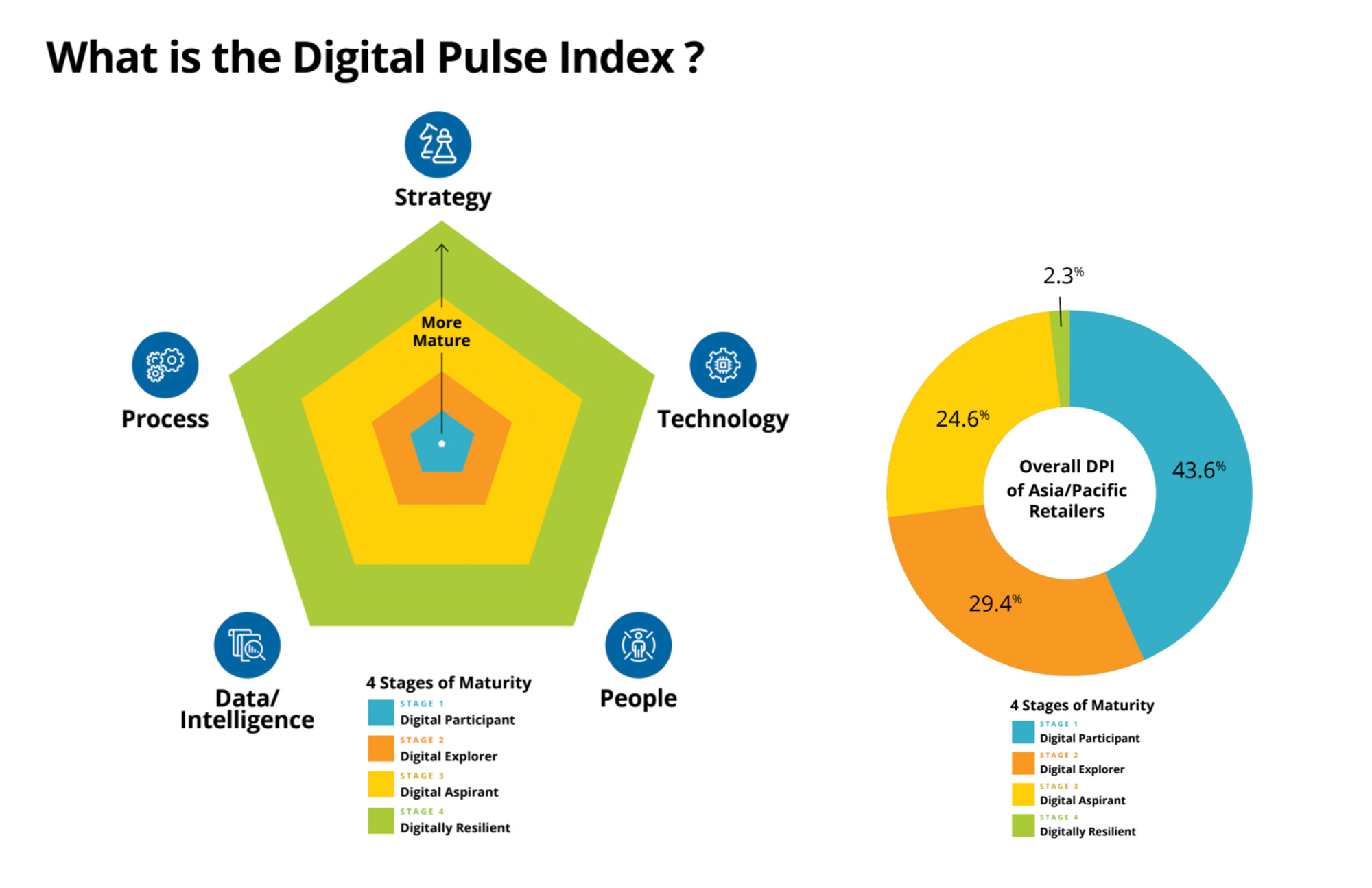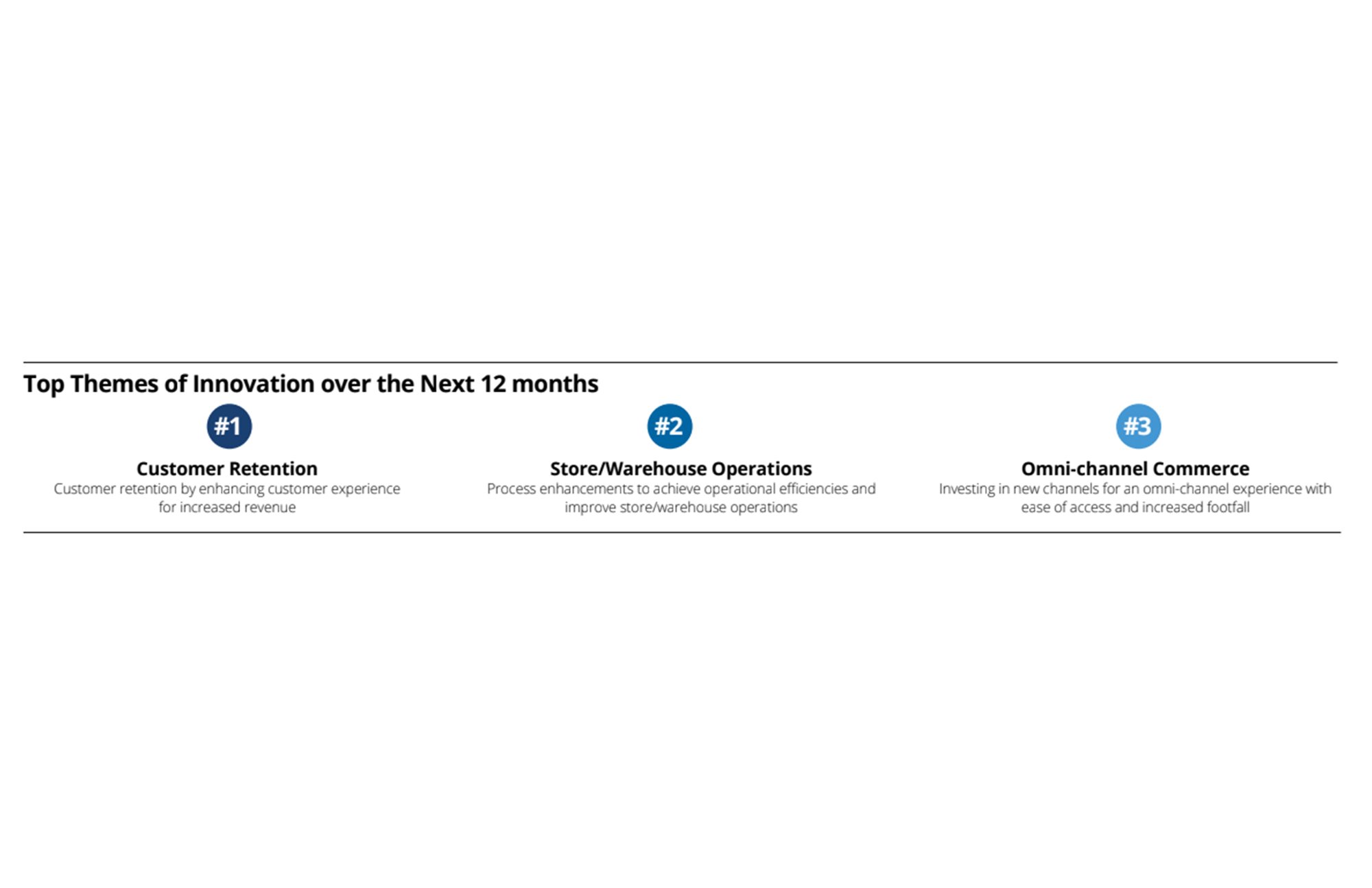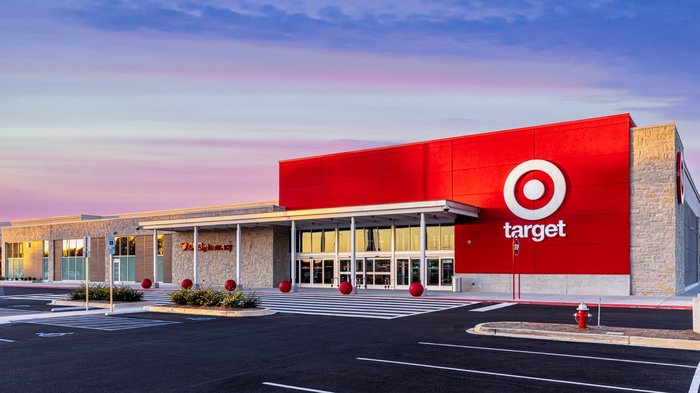Retail Digital Pulse: A digital maturity assessment across Asia Pacific retail
Sameer Dhingra
Director Retail & Consumer, JAPAC, Google Cloud
Like retailers everywhere, those in the Asian market have been severely impacted by COVID-19. Lockdowns and restrictions during the pandemic have resulted in store closures and lost sales, and even as most economies have started to rebound, recovery is expected to be slow for retailers—especially those who are at an early stage of digital transformation.
We are, however, now witnessing an accelerated shift to digital. Retailers have begun prioritizing the need to address the rapid shifts in consumer behavior as they build capabilities to deliver effective and efficient experiences at every stage of the shopping journey.
The Google Cloud Retail Digital Pulse assesses how Asia Pacific retailers are digitizing, building resiliency, and developing competencies to enable them to compete in a post-COVID world. The ongoing annual assessment led by IDC and Google puts a spotlight on the maturity of retail digital transformation in the Asia Pacific region, and covers retailers across markets and segments to investigate their digital maturity across five dimensions (strategy, people, data , technology and process) to arrive at a 4-stage Digital Pulse Index, with 4 being the most mature.


While the current study shows an overall increase in digital maturity over last year, the digital pulse of Asian retail is still relatively low with the majority, about 44%, in Stage 1 (Digital Participants), 29% in Stage 2 (Digital Explorers), 25% in Stage 3 (Digital Aspirant), while only 2% are deemed Digitally Resilient (Stage 4).
Digital maturity also varies across countries and segments with key insights relating to the challenges, focus areas, innovation hotspots and priority use cases. After you have downloaded the report, you can also assess the digital maturity rating for your organization and gain actionable guidance on how to develop a digital road-map for the future.
Let's dig into this further to look at this evolving retail landscape.
Digital Pulse of Asian Retail
While retail has been one of the most impacted sectors by the COVID-19 pandemic, there was a notable bounce back in 2021. We are now beginning to see an increasing number of Asian retailers returning to growth and optimistic about investing for the future. At the same time, business confidence is mixed across markets in Asia Pacific, likely due to unique market challenges. While Hong Kong and Japan are optimistic, with more than 60% of retailers looking to invest aggressively, more than half of retailers in Thailand believe they are still in recession/economic slowdown.
With 73% of organizations still at Stage 1 or Stage 2 of the Digital Pulse Index (DPI), there continues to be an opportunity for organizations to develop and implement digital strategies in order to differentiate themselves from their competitors. The more digitally mature retailers (DPI Stage 3,4) are focused on digitally connected experiences, whilst the less digitally mature (DPI Stage 1,2) are prioritizing innovations for demand planning, allocations, and assortments.
At the same time, the innovation focus among retailers varies by market maturity with customer retention being the emphasis in digitally mature markets while process improvements in stores/ warehouses is the main focus in developing markets. The top use cases for innovation that retailers intend to invest in the next 12 months, however, are centered around mobile commerce and customer experience across major markets.
From a market maturity perspective, Singapore leads in digital maturity, along with Hong Kong, Japan, Australia and South Korea who are all in Stage 2. All geographies have the scope to advance their digital resiliency and subsequently improve their scores, however they must work across all dimensions to progress in their digital journey. With respect to DPI scores across sub-segments, apart from Online pure plays which continue to be the most mature, we find Hypermarkets and Convenience Stores showing the fastest growth as compared to others over the past year.
Innovation Hotspots
The journey to digital resilience has shown the importance of innovation to be able to keep up with the changing customer demands & expectations. Whilst the digital pulse index seeks to understand the current level of digital resiliency, the innovation areas explore where retailers are investing for the future. While exploring this transformation journey, the study looked at 7 innovation hotspots, identified as the ‘big investment themes with specific use cases across markets & segments.
Overall, customer retention came up to be the top innovation hotspot followed by store / warehouse operations and omni-channel commerce respectively. There is of course variation by digital maturity with Stage 1 retailers focused more on customer acquisition, improving processes for time/cost optimisation whereas Stage 4 retailers are more focused on customer retention, improving omnichannel commerce capabilities to be able to differentiate themselves from competition and providing personalized experiences for their customers.


The huge growth of smartphone penetration, coupled with new payment solutions across the Asia Pacific region, is allowing retailers to engage with shoppers at any time, any place, and anywhere - and increasing customer expectations. As a result, mobile commerce is amongst the top ranked use cases across retailers. At the same time, it is interesting to see the transition in the use cases (from collaborative analytics & optimized customer relationships to more digitally connected products & services) as retailers become more digitally resilient. Use cases like demand planning, allocations, assortments and curated product assortment remain an important focus area, especially for offline retailers.
Challenges to Digital Transformation
The challenges to digital transformation continue. However, we are beginning to see a shift in the barriers to adoption where the biggest challenge has now moved from having a digital plan in place to having the right culture and digital mindset to drive implementation. There continues to be a hesitation and lack of understanding as to the value and return on investment on these digital technologies. Even the most digitally developed and resilient retailers who have the necessary plans and technologies in place face the challenge of finding the right digital skills/talent while facing a lack of digital mindset/culture within their respective organizations.
Drive for digital resilience
While the average Digital Pulse Index in Asia Pacific is still low, we are now seeing an improvement in digital maturity with emerging markets accelerating, and in some cases leapfrogging as they adopt new technologies and associated processes.
Advancing towards becoming digitally resilient will require retailers to demonstrate progress across all the five dimensions of the Digital Pulse Index. At the same time, embracing innovation with an ability to adopt new technologies, leverage data and implement quickly, and at scale will be key to success.
Having a plan for digital transformation is no longer a “nice to have” but “a must” in order to stay competitive in today’s retail landscape. Digital resiliency implies that an organization has the technology foundation that enables innovation and gives the ability to respond quickly to changing external situations without disruption. However, it is critical to not only understand your digital pulse, but also your appetite for change. With most retailers having technology roadmaps in place, the challenge now is that of having a digital mindset, and a culture of innovation in order to accelerate the journey towards becoming more digitally resilient.



